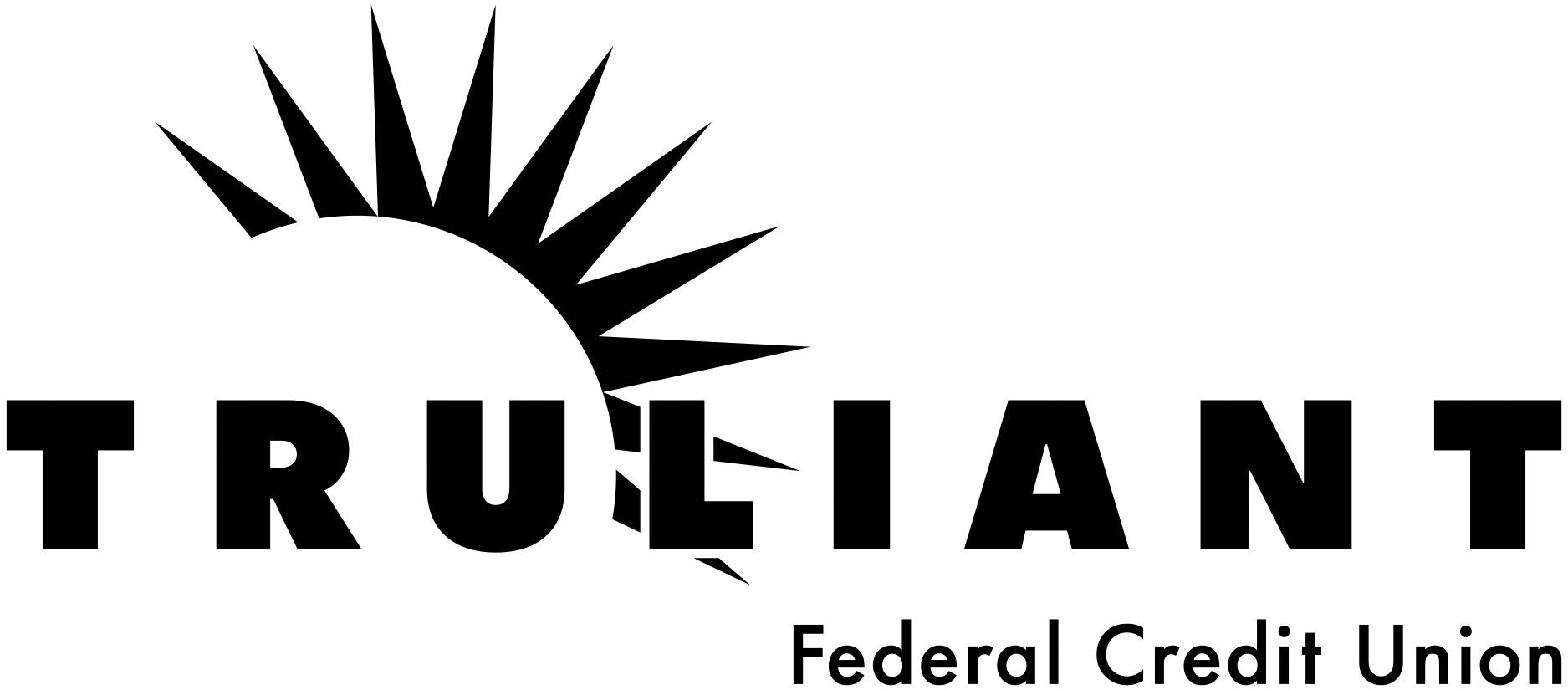
Four Options for Your 401(k) When You Change Jobs
According to a study by the Bureau of Labor Statistics, it's estimated that the average American will have somewhere between 12 and 15 jobs throughout his or her working life.
Even if you're well below that average, you're likely to work for a handful of employers during your career. To retire comfortably, you'll want to take advantage of any work-based retirement plans that your employer might offer. This will become even more important if your employer offers a match. When you quit one job and start another, you'll likely have invested through a 401(k) or 403(b) plan with your former employer. If you're wondering what to do with your orphaned retirement plan, there are basically four options.
1. Cash Out Your Account
Selling your investments and cashing out the proceeds is the first option you can choose when dealing with a retirement account from an old employer. However, most experts will tell you to avoid this course of action. Unless you're in desperate need of cash, this option is usually not a good idea. If you've invested through a traditional plan, you'll owe income taxes on your contributions and any gains earned in the account. Additionally, if you've not yet reached 59.5 years old, you'll owe an additional 10% penalty for the early withdrawal. Combined, you could wind up losing between 30% and 45% of your retirement savings to taxes and penalties if you're in a higher tax bracket.
There are a few exceptions to the early withdrawal penalty, but you'd still owe the income tax for the amount of the withdrawal. In addition to the taxes and penalties you'll have to pay, you'll also miss out on any additional tax-deferred growth your account might provide in the years to come.
2. Leave Your Account Alone
Doing nothing is the second option you have for your old retirement account. Many retirement plans will allow former employees to park their retirement savings right where they were at the time the employer and employee separated. If your former employer has a nice range of funds combined with low fees and good returns, this can be a great option. On the other hand, should your new employer have better fund options, leaving your retirement fund might not be a good idea. Remembering where all of your orphaned funds are located could be a challenge if you have plans with several employers.
3. Move Your Funds
If your new employer offers a work-based retirement plan, you could opt to transfer your old 401(k) into your new employer's plan. This can be a great option if you're looking to keep all of your retirement savings under one umbrella. There is no need to monitor multiple accounts if you choose this option.
If your new employer has limited fund choices, you may want to choose another option. This idea will make less sense if the 401(k) options at your new employer come with high fees. In recent years, management fees have become more competitive, so you'll want to weigh the relative benefit of making a transfer. Every dollar you pay to a fund manager is a dollar that cannot grow. This might be fine if your mutual fund regularly outperforms other similar funds. If it does not, you'll probably want to opt for another choice. If you choose this option, you'll want to have your old fund make a direct transfer into the new fund to triggering a taxable event.
4. Roll Your Funds Into an IRA
When changing jobs, the final option you'll have for your retirement fund is rolling your old account into an IRA. You'll have two options when you decide to move your 401(k) into an IRA. There are traditional IRA accounts, and there are Roth IRA accounts. A transfer from a traditional fund into a Roth IRA is called a conversion and would constitute a taxable event. You'd owe regular income taxes on the amount you choose to convert. You will then owe no taxes on this money as long as you leave it in the account until age 59.5 years. At that point, you can make tax-free withdrawals from the account.
If you transfer your retirement fund from your old employer into a traditional IRA, you'll have to pay taxes on the money when you withdraw the money, ideally after age 59.5 years. One of the biggest benefits you'll have with an IRA is the ability to choose your investments. The investment options you have with an IRA are nearly limitless.
If you're in the process of weighing your options with a former employer's retirement plan, be sure to look to the financial professionals at Truliant Federal Credit Union available through LPL Financial*. We understand the intricacies of the IRA landscape, and we'd love to help you choose the option that makes the most sense for your particular situation. Give us a call today to set up a consultation.
References:
https://www.linkedin.com/pulse/how-many-jobs-average-person-have-his-her-lifetime-scott-marker
https://www.irs.gov/retirement-plans/plan-participant-employee/retirement-topics-tax-on-early-distributions
*Securities and advisory services are offered through LPL Financial (LPL), a registered investment advisor and broker-dealer (member FINRA/SIPC). Insurance products are offered through LPL or its licensed affiliates. Truliant Federal Credit Union and Truliant Financial Advisors are not registered as a broker-dealer or investment advisor. Registered representatives of LPL offer products and services using Truliant Financial Advisors, and may also be employees of Truliant Federal Credit Union. These products and services are being offered through LPL or its affiliates, which are separate entities from, and not affiliates of, Truliant Federal Credit Union or Truliant Financial Advisors. Securities and Insurance offered
through LPL or Its affiliates are:
Not Insured by NCUA or Any Other Government Agency | Not Credit Union Guaranteed | Not Credit Union Deposits or Obligations | May Lose Value
Truliant Financial Credit Union (“Financial Institution”) provides referrals to financial professionals of LPL Financial LLC (“LPL”) pursuant to an agreement that allows LPL to pay the Financial Institution for these referrals. This creates an incentive for the Financial Institution to make these referrals, resulting in a conflict of interest. The Financial Institution is not a current client of LPL for brokerage or advisory services. Please visit https://www.lpl.com/disclosures/is-lpl-relationship-disclosure.html for more detailed information.
The LPL Financial registered representative(s) associated with this website may discuss and/or transact business only with residents of the states in which they are properly registered or licensed. No offers may be made or accepted from any resident of any other state.
Receive one free overdraft per calendar year by contacting us or visiting a branch. Normal fee of $28 per overdraft applies for all other overdrafts.
Our
Balance Backup coverage offers members emergency overdraft protection, allowing important items to clear and helping you avoid returned payment fees from payees.
Truliant will strive to pay the following types of transactions when you do not have funds available.
- Checks and other transactions made using your checking account number
- Automatic recurring drafts made using your debit card number
We also offer
Balance Backup+ for the following types of transactions when insufficient funds exist in your account:
- Debit card transactions
- ATM transactions
For complete details visit our
overdraft protection page.
Enjoy a full suite of everyday benefits designed to protect your wallet, your time, and your peace of mind — all part of this powerful package.
Unexpected perks — A $90 per month value if purchased separately:
- Lifestyle Protection and Savings
- Cell phone protection coverage
- 24/7 roadside assistance
- Buyer protection and extended warranties
- Telehealth for your family
- Save on healthcare (prescription, vision and dental discounts)
- Travel and leisure discounts
- Shopping perks (receive cash back or use for purchases)
- Shell station fuel perks
- Security and Fraud Protection
- Credit and identity monitoring
- View details.
- Or call the Benefits Service Center at 866-298-3686, Mon – Fri, 8:30 a.m. – 5:00 p.m. ET for assistance with registration and activation.
Money Access and Everyday Banking Perks:
- Free standard Truliant checks
- Free official checks
- Free incoming wire transfers
- One-time overdraft fee waiver (per calendar year)
- Early Pay — Get your paycheck up to 2 days early
- Surcharge-free ATMs — Access to 80,000 ATMs worldwide that waive their fees for our members
- Free ATM withdrawals, even outside Truliant
Access to more than 80,000 surcharge-free ATMs. A surcharge-free ATM is one you can use without paying an extra fee charged by the ATM owner. Truliant partners with a nationwide network of ATMs that let you withdraw cash, check balances, and more—without those added fees.
Even if the ATM isn’t Truliant-branded, it can still be surcharge-free if it’s part of our network.
Use the
ATM locator to find the most convenient locations near you.
We are proud to offer fewer fees at a lower cost compared to many other financial institutions. Below are our current fees for SafeSpend Banking:
| General Charges |
| Fee Type |
Fee Amount |
| Monthly maintenance |
$5.00
Waived with any of the following:
1) Monthly Total Deposits ≥ $250, or
2) 23 or younger |
| Official check, payable to third party |
$5.00/check |
| Wire transfer (incoming) |
$10.00 (Domestic / International) |
| Wire transfer (outgoing) |
$25.00 (Domestic) $35.00 (International) |
For a comprehensive listing of account-related fees, special service fees, and additional details,
log in to online or mobile banking to view our Deposit Account Agreement or Business Deposit Account Agreement.
We are proud to offer fewer fees at a lower cost compared to many other financial institutions. Below are our current fees for Reserve Plus Banking:
| General Charges |
| Fee Type |
Fee Amount |
| Monthly maintenance |
$25.00
Waived with any of the following:
1) Average Monthly Deposit Relationship ≥ $25,000, or
2) Average Monthly Truliant Financial Advisors Investment ≥ $50,000 |
| Order checks |
Standard Truliant Checks are free |
| Wire transfer (outgoing) |
$25.00 Domestic, $35.00 International (incoming wires are free) |
| Overdraft Charges |
| Fee Type |
Fee Amount |
| Balance Backup* and Balance Backup+** overdraft protection |
$28.00/transaction (limit of six service charges per day) - 1 fee waiver per calendar year |
| Deposit account overdraft protection transfer service charge |
$3.00 (limit once daily) |
| Line of credit overdraft protection transfer service charge |
$3.00 (limit once daily) |
*Balance Backup service charge occurs anytime we cover overdrafts caused by check, recurring transaction, or other transaction made using checking account or debit card number.
**Balance Backup
+ service charge occurs anytime we cover overdrafts caused by debit card or ATM transactions.
For a comprehensive listing of account-related fees, special service fees, and additional details,
log in to online or mobile banking to view our Deposit Account Agreement or Business Deposit Account Agreement.
We are proud to offer fewer fees at a lower cost compared to many other financial institutions. Below are our current fees for Essentials Plus Banking:
| General Charges |
| Fee Type |
Fee Amount |
| Monthly maintenance |
$7.50
Waived with any of the following:
1) Monthly Direct Deposit ≥ $500, or
2) Average Monthly Checking Balance ≥ $1,500, or
3) Average Monthly Deposit Relationship ≥ $5,000 |
| Order checks |
Standard Truliant Checks = $10.00 |
| Official check, payable to third party |
$5.00/check |
| Wire transfer (incoming) |
$10.00 Domestic or International |
| Wire transfer (outgoing) |
$25.00 Domestic, $35.00 International |
| Overdraft Charges |
| Fee Type |
Fee Amount |
| Balance Backup* and Balance Backup+** overdraft protection |
$28.00/transaction (limit of six service charges per day) - 1 fee waiver per calendar year |
| Deposit account overdraft protection transfer service charge |
$3.00 (limit once daily) |
| Line of credit overdraft protection transfer service charge |
$3.00 (limit once daily) |
*Balance Backup service charge occurs anytime we cover overdrafts caused by check, recurring transaction, or other transaction made using checking account or debit card number.
**Balance Backup
+ service charge occurs anytime we cover overdrafts caused by debit card or ATM transactions.
For a comprehensive listing of account-related fees, special service fees, and additional details,
log in to online or mobile banking to view our Deposit Account Agreement or Business Deposit Account Agreement.
Enjoy a full suite of everyday benefits designed to protect your wallet, your time, and your peace of mind — all part of this powerful package.
Unexpected perks — A $90 per month value if purchased separately:
- Lifestyle Protection and Savings
- Cell phone protection coverage
- 24/7 roadside assistance
- Buyer protection and extended warranties
- Telehealth for your family
- Save on healthcare (prescription, vision and dental discounts)
- Travel and leisure discounts
- Shopping perks (receive cash back or use for purchases)
- Shell station fuel perks
- Security and Fraud Protection
- Credit and identity monitoring
- View details.
- Or call the Benefits Service Center at 866-298-3686, Mon – Fri, 8:30 a.m. – 5:00 p.m. ET for assistance with registration and activation.
Money Access and Everyday Banking Perks:
- One-time overdraft fee waiver (per calendar year)
- Early Pay — Get your paycheck up to 2 days early
- Low-cost standard Truliant checks — Only $10 per order
- Surcharge-free ATMs — Access to 80,000 ATMs worldwide that waive their fees for our members
- Free ATM withdrawals, even outside Truliant
Acceptable forms of identification:
- Driver’s license (state or U.S. territory issued)
- Driver’s license learner permit (state or U.S. territory issued)
- ID card (state or U.S. territory issued)
- Passport (U.S. or foreign government-issued)
- Armed Forces ID (U.S. government-issued)
- Permanent resident card (U.S. government-issued)
- Employment authorization card (U.S. government-issued)
- VISA (U.S. government-issued)
- Matricula Consular ID (Mexican consulate issued)
All identification must be valid, have a full-face photo, and not be expired.
Additional documents may be requested to verify identity and residency.
Non-Sufficient Funds occur when there isn’t enough money in your account to complete a payment. If this happens, we’ll simply reject the payment — and we won’t charge you a fee.
Truliant's Early Pay program lets you access your money up to two days before your payday on Automated Clearing House (ACH) direct deposits. You don't need to sign up or opt-in: Early Pay is a free and automatic service we provide to our members.
See more details here.







